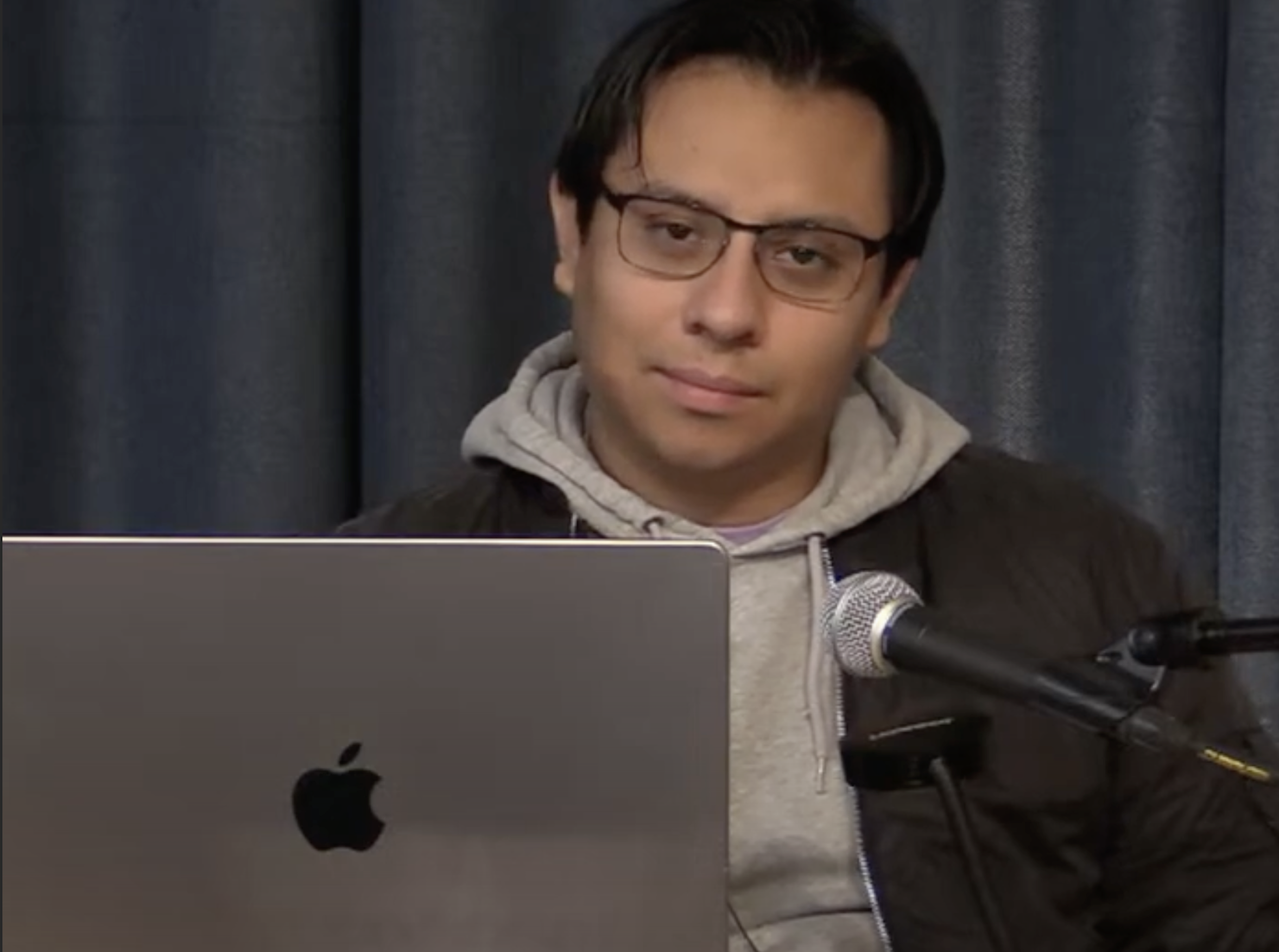Daniel Godines Alcantara

Personal Website
Education
BA Physics, Bard College, 2018
Research
I am interested in both galactic and extragalactic astronomy, with an emphasis on machine learning and numerical simulations. I'm currently studying high redshift Lyman-alpha nebulae under the guidance of Dr. Moire Prescott. As part of my work, I have created pyBIA, an open-source program that classifies these rare objects by employing an image-moment-based ensemble machine learning engine followed by a deep learning convolutional neural network.
I'm also a part of the NMSU Computational Astrophysics group led by Dr. Wladimir Lyra. I use supercomputers to study planetary formation via the streaming instability -- we're using the Pencil Code to create state-of-the-art three-dimensional hydrodynamical models in the shearing-box approximation. In conjunction with radiative transfer calculations, we are investigating whether optically thick regions can help reconcile the discrepancy between the observed mass in protoplanetary disks and the actual mass of formed planets; otherwise known as the missing-mass problem of planet formation.
In addition to my research at NMSU, I'm collaborating with the gravitational microlensing team at the Las Cumbres Observatory. Our efforts include the study and early detection of microlensing signals. I engineered and am continuing the development of MicroLIA, a machine learning algorithm that can filter for microlensing lightcurves in wide-field surveys.
Publications
A Machine Learning Classifier for Microlensing in Wide-Field Surveys, D. Godines, E. Bachelet, G. Narayan, R.A. Street